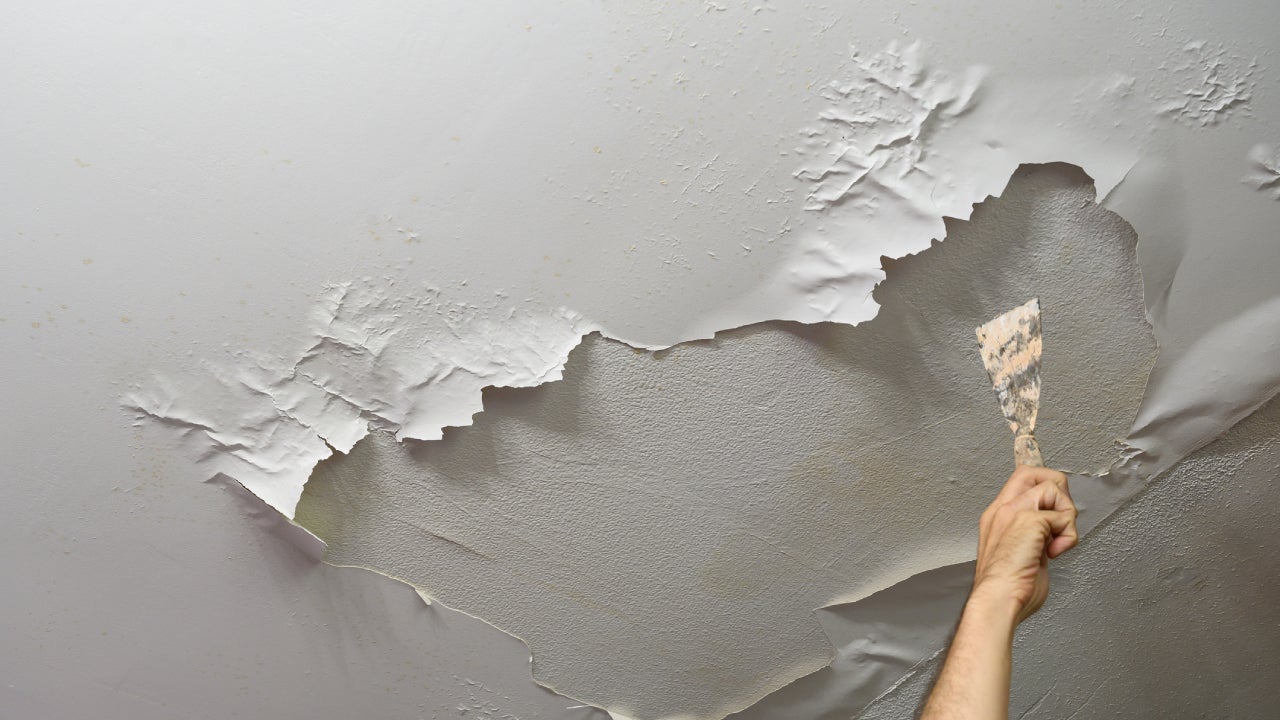We've discovered this post pertaining to 5 Home Safety Tips To Reduce The Risk Of Fire And Water Damage down the page on the internet and thought it made good sense to write about it with you here.

Water gives life, however water breach on some components where it's not supposed to be can result in damages as well as inconvenience. In enhancement, homes with water damage smell old and mildewy.
Water can come from numerous sources like tropical storms, floodings, burst pipes, leakages, and sewer concerns. If you have water damage, it's better to have a working understanding of safety precautions. Right here are a couple of standards on just how to manage water damages.
Do Prioritize House Insurance Policy Coverage
Seasonal water damage can come from floods, seasonal rainfalls, and wind. There is likewise an incident of an unexpected flood, whether it came from a faulty pipe that instantly ruptures into your residence. To safeguard your residence, obtain residence insurance that covers both disasters such as natural calamities, and emergencies like damaged plumbing.
Do Not Neglect to Switch Off Utilities
When disaster strikes and you're in a flood-prone area, shut off the primary electric circuit. Switching off the power avoids
When water comes in as water serves as a conductor, electrical shocks. Don't forget to switch off the major water line shutoff as a method to prevent more damage.
If the floodwaters are obtaining high, maintain your furniture stable as they can walk around and also trigger additional damages.
Do Stay Proactive and also Heed Weather Condition Alerts
If you live in an area tormented by floodings, stay prepared and also aggressive at all times. Pay attention to the news and also emptying warnings if you live near a body of water like a creek, lake, or river .
Don't Disregard the Roofing System
Your roofer needs to take treatment of the damaged gutters or any kind of other indicators of damages or weakening. An inspection will avoid water from streaming down your wall surfaces as well as saturating your ceiling.
Do Focus On Tiny Leakages
There are red flags that can attract your interest and suggest to you some weakened pipelines in your home. Signs of red flags in your pipelines consist of gurgling paint, peeling wallpaper, water streaks, water stains, or trickling noises behind the walls. Repair service as well as inspect your plumbing fixed prior to it results in enormous damage to your residence, financial resources, and also an individual nightmare.
Do Not Panic in Case of a Burst Pipeline
Keeping your presence of mind is essential in a time of dilemma. Since it will certainly stifle you from acting quick, worrying will only compound the issue. Panic will also offer you added stress and anxiety. When it comes to water damage, timing is vital. The longer you wait, the more damages you can expect as well as the most awful the outcomes can be. If a pipeline bursts in your home, promptly shut down your major water shutoff to remove the source as well as avoid more damage. Disconnect all electrical outlets in the area or switch off the circuit breaker for that part of the house. Call a credible water damages remediation professional for support.
Water provides life, however water breach on some components where it's not supposed to be can result in damage as well as aggravation. In enhancement, residences with water damages scent old and musty.
Seasonal water damage can come from floodings, seasonal rainfalls, and also wind. Signs of red flags in your pipes consist of gurgling paint, peeling off wallpaper, water streaks, water stains, or trickling audios behind the wall surfaces. If a pipe ruptureds in your home, instantly closed off your main water shutoff to reduce off the source as well as avoid even more damages.
Some Do's & Don't When Dealing with a Water Damage
DO:
Make sure the water source has been eliminated. Contact a plumber if needed. Turn off circuit breakers supplying electricity to wet areas and unplug any electronics that are on wet carpet or surfaces Remove small furniture items Remove as much excess water as possible by mopping or blotting; Use WHITE towels to blot wet carpeting Wipe water from wooden furniture after removing anything on it Remove and prop up wet upholstery cushions for even drying (check for any bleeding) Pin up curtains or furniture skirts if needed Place aluminum foil, saucers or wood blocks between furniture legs and wet carpet Turn on air conditioning for maximum drying in winter and open windows in the summer Open any drawers and cabinets affected for complete drying but do not force them open Remove any valuable art objects or paintings to a safe, dry place Open any suitcases or luggage that may have been affected to dry, preferably in sunlight Hang any fur or leather goods to dry at room temperature Punch small holes in sagging ceilings to relieve trapped water (don't forget to place pans beneath!); however, if the ceiling is sagging extremely low, stay out of the room and we'll take care of it DO NOT:
Leave wet fabrics in place; dry them as soon as possible Leave books, magazines or any other colored items on wet carpets or floor Use your household vacuum to remove water Use TV's or other electronics/appliances while standing on wet carpets or floors; especially not on wet concrete floors Turn on ceiling fixtures if the ceiling is wet Turn your heat up, unless instructed otherwise

As a devoted reader on Fire And Water Damage Prevention, I assumed sharing that piece of content was worth the trouble. Kindly take the opportunity to share this post if you enjoyed it. We thank you for reading our article about Ways to Reduce The Risk Of Fire And Water Damage.